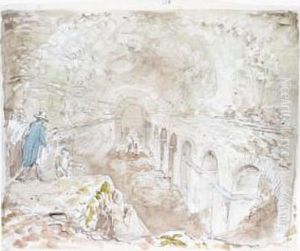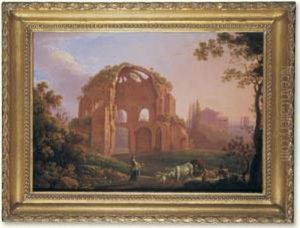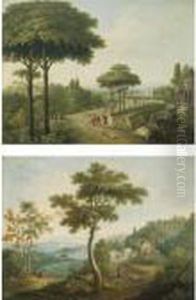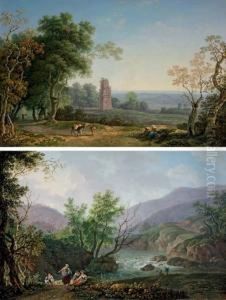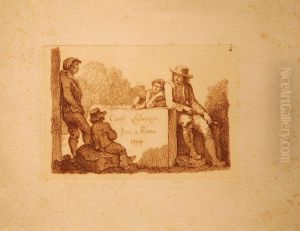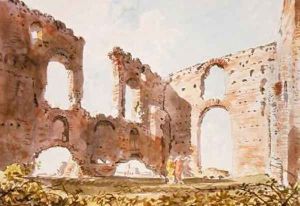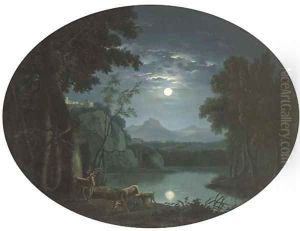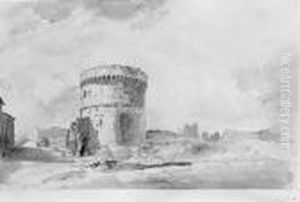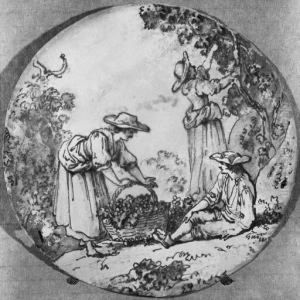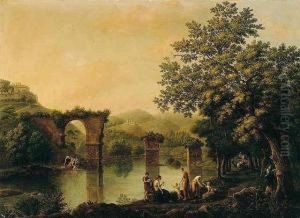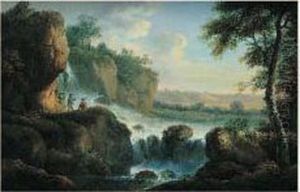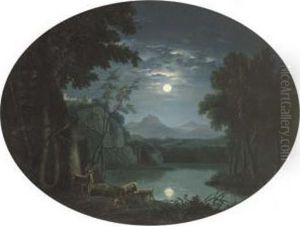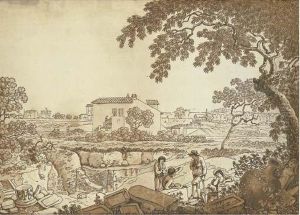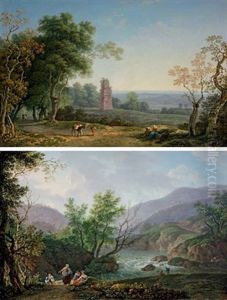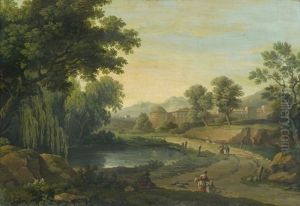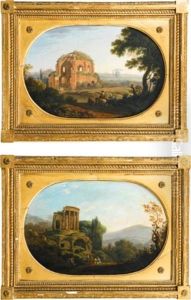Carlo Labruzzi Paintings
Carlo Labruzzi was an Italian painter born on April 29, 1748, in Rome, Italy. He is best known for his picturesque landscapes and his depictions of antiquities and ruins, which reflect the aesthetic of the neoclassical period. Labruzzi is particularly recognized for his contributions to the genre of 'vedute', which are highly detailed, usually large-scale paintings of cityscapes or vistas.
Labruzzi received his early training in Rome, where he was influenced by the classical traditions of Roman art and architecture, as well as by the burgeoning neoclassical movement. He was a contemporary of artists like Giovanni Battista Piranesi, who was renowned for his etchings of Roman ruins, and his work similarly captures the grandeur and decay of ancient structures.
Throughout his career, Labruzzi undertook several journeys across Italy, where he sketched and painted the Italian countryside, its ancient monuments, and the remains of the Roman Empire. One of his most significant travels was his trip along the Via Appia Antica, the old Roman road leading from Rome to Brindisi. Commissioned by the British antiquarian and collector Sir Richard Colt Hoare, Labruzzi created a series of drawings and watercolors documenting the historical landmarks along this route. These works were later published in the multi-volume work 'The Classical Tour' or 'A Tour Through Italy', providing a valuable record of the Italian landscape during that time.
Labruzzi's style is characterized by his attention to detail, use of light and shadow, and the romantic portrayal of ruins, which evoke a sense of nostalgia for the classical past. While his landscapes were in line with the neoclassical taste of his time, they also anticipated the romantic emphasis on emotion and the sublime found in nature.
Carlo Labruzzi continued to produce works of art until his death on October 13, 1817, in Rome. Although not as widely known as some of his contemporaries, Labruzzi's contributions to Italian art, particularly his detailed records of Italy's archaeological and architectural heritage, remain valued by art historians and enthusiasts of the neoclassical era.

